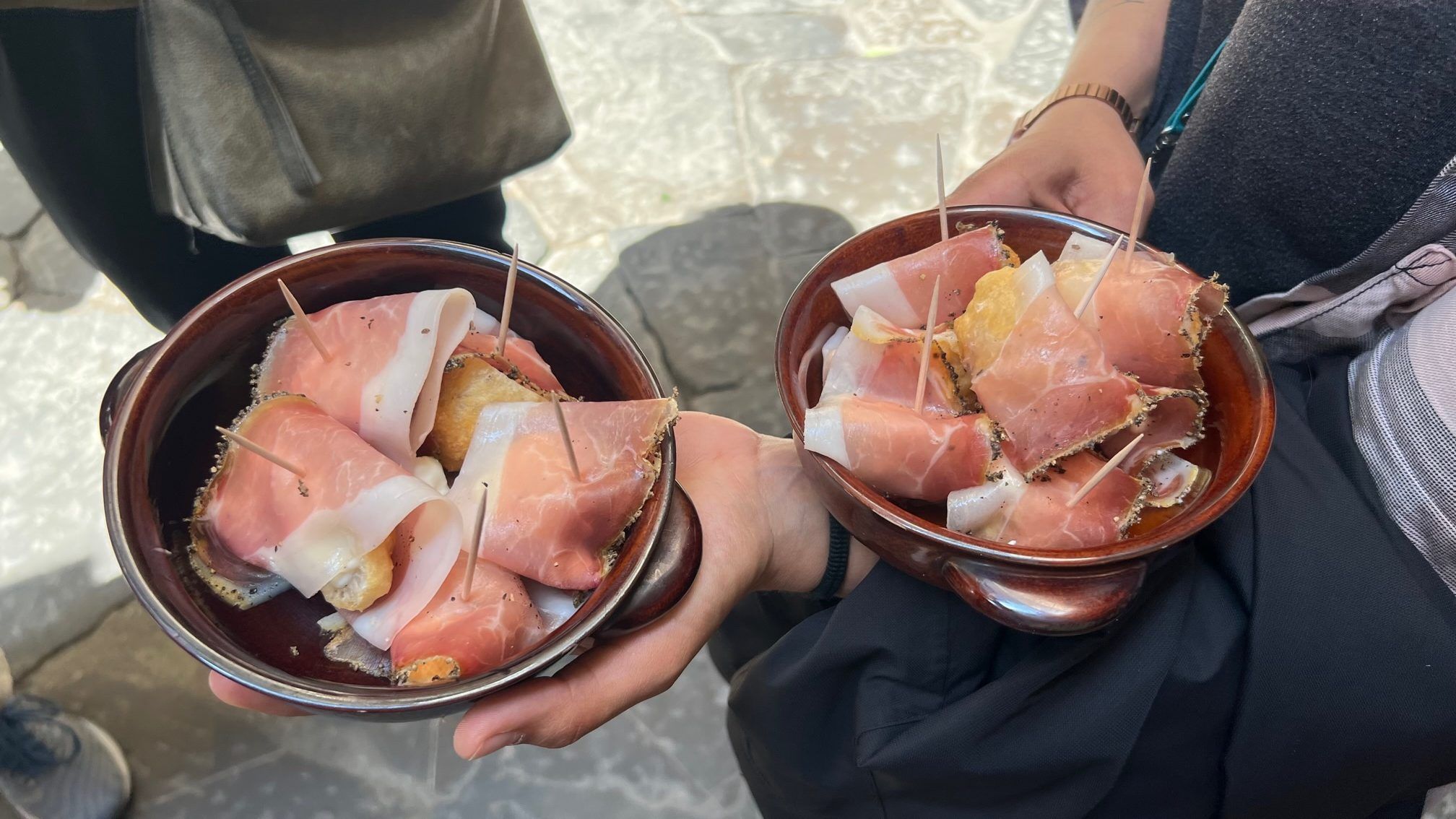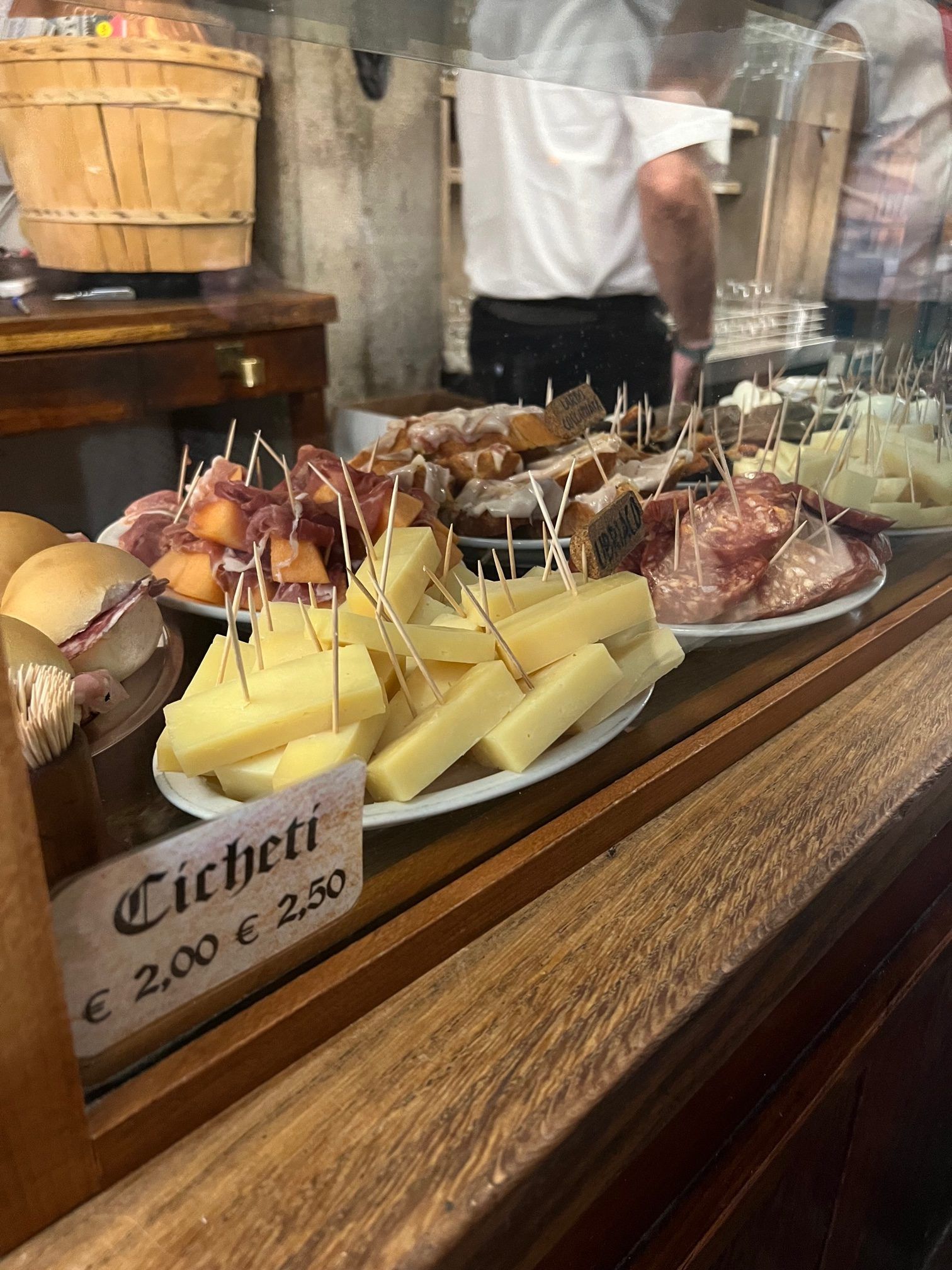10 Perfect Italian Products to Gift This Holiday Season
5 December 2024
10 Perfect Italian Products to Gift This Holiday Season
It’s that time of year again friends – the time to stress over finding the perfect gift for the loved ones in your life. It’s no secret that while the action of physically giving the gift may be fun, the process of actually finding it may not be.
Don’t worry – I’ve got you covered.
Living in Italy, I’m often asked for recommendations of authentic Italian products to gift to those that love travel, Italy, or both – and so therefore over the years I’ve created a (very) long list of my favorite Italian artisans and companies that produce top quality products in order to ramble off to the most stressed of gifters. If that’s you, you’ve come to the right place.
Whether it be this Holiday season, next, or any occasion year-round, here are 10 of my favorite Italian products that ship internationally and will be sure to please even the toughest of critics.
(and hey, if this is a gift for you…pop off queen. You deserve it.)
1. Emozioni in Liberta:
Authentic, Hand-Crafted Leather Goods
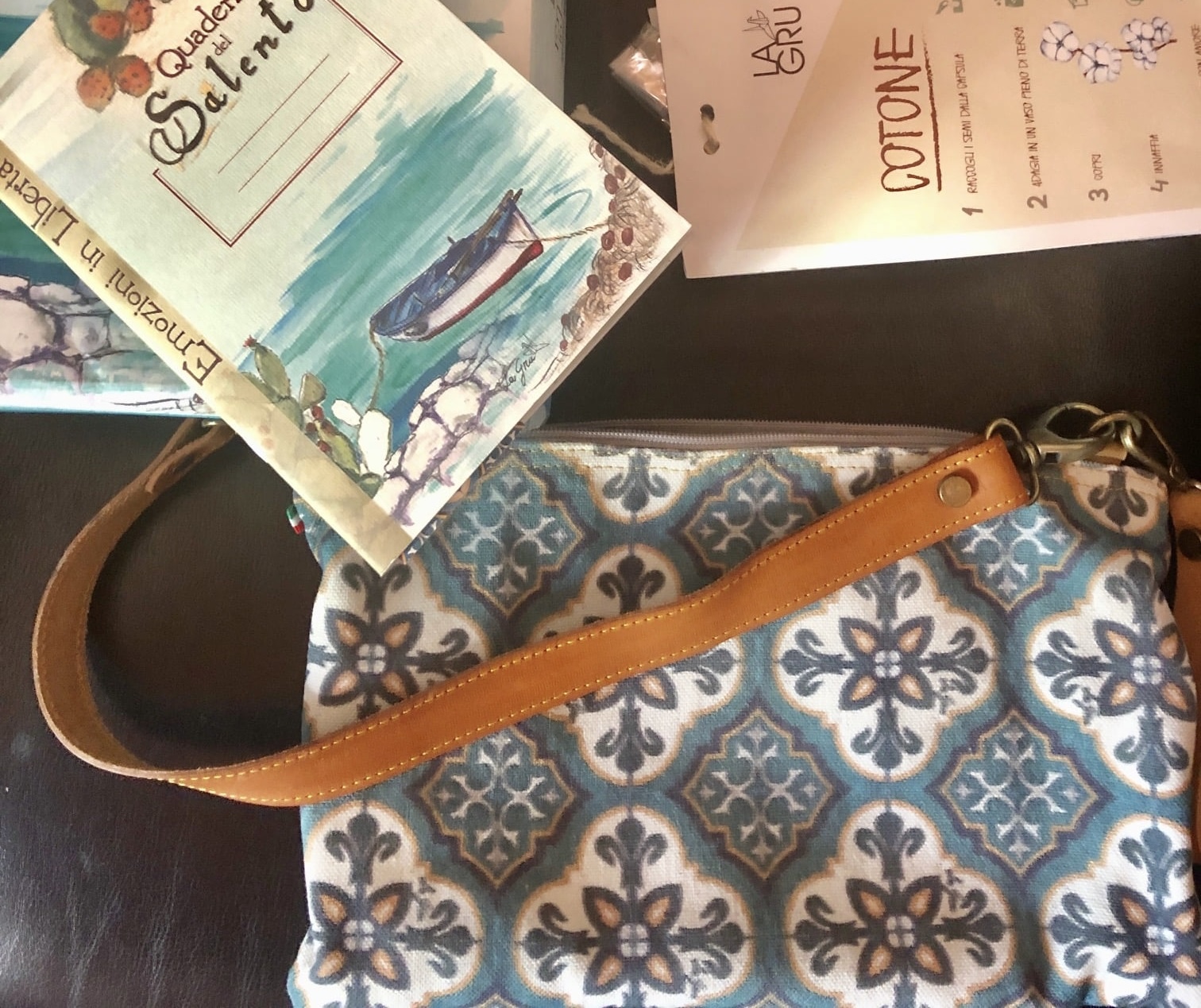
First on this list is none other than Emozioni in Liberta, a small, female-owned and run business located in the region of Puglia, near the city of Salento. Not only do they make beautiful, hand-crafted leather bags that stand the test of time (I personally own three of their bags on my own and they still look just as new as the day I got them), they also sell other products such as leather-bound notebooks and ceramics. The unique aspect that sets them apart is all their products incorporate the classic tile design typical of Salento, making it a unique conversation-starter piece for years to come.
Unfortunately their website is not available in English, but a quick translator incorporated onto your web browser solves that problem, and if you need any help, the staff are able to jump in with English whenever you need.
2. BelleMille Olive Oil
You simply cannot go wrong with gifting classic, authentic olive oil, and BelleMille is the way to go. A small, female-owned business (see a trend here?) located in the hills of Tuscany, BelleMille olives are carefully sourced from one single family farm in Tuscany – the same family that has been producing our olive oil for generations. The olives go from the farm, to the on-site mill, to the bottle, to your doorstep. Bellemille never sees the inside of a factory and uses sustainable farming practices so that there is minimum waste and maximum respect for the farmers and the land. No fillers, no preservatives, no gimmicks or tricks – their only objective is to deliver the very best Italian olive oil to your doorstep. And I can tell you from experience – they succeed.
As you can imagine, I’ve had the pleasure of trying many olive oils from all over Italy since I moved here, and without a doubt, BelleMille is one of the best. This is the olive oil that I break out when I want to impress guests – and it never fails.
3. Palazzo del Corallo:
Handmade Jewelry Pieces Carved from Coral
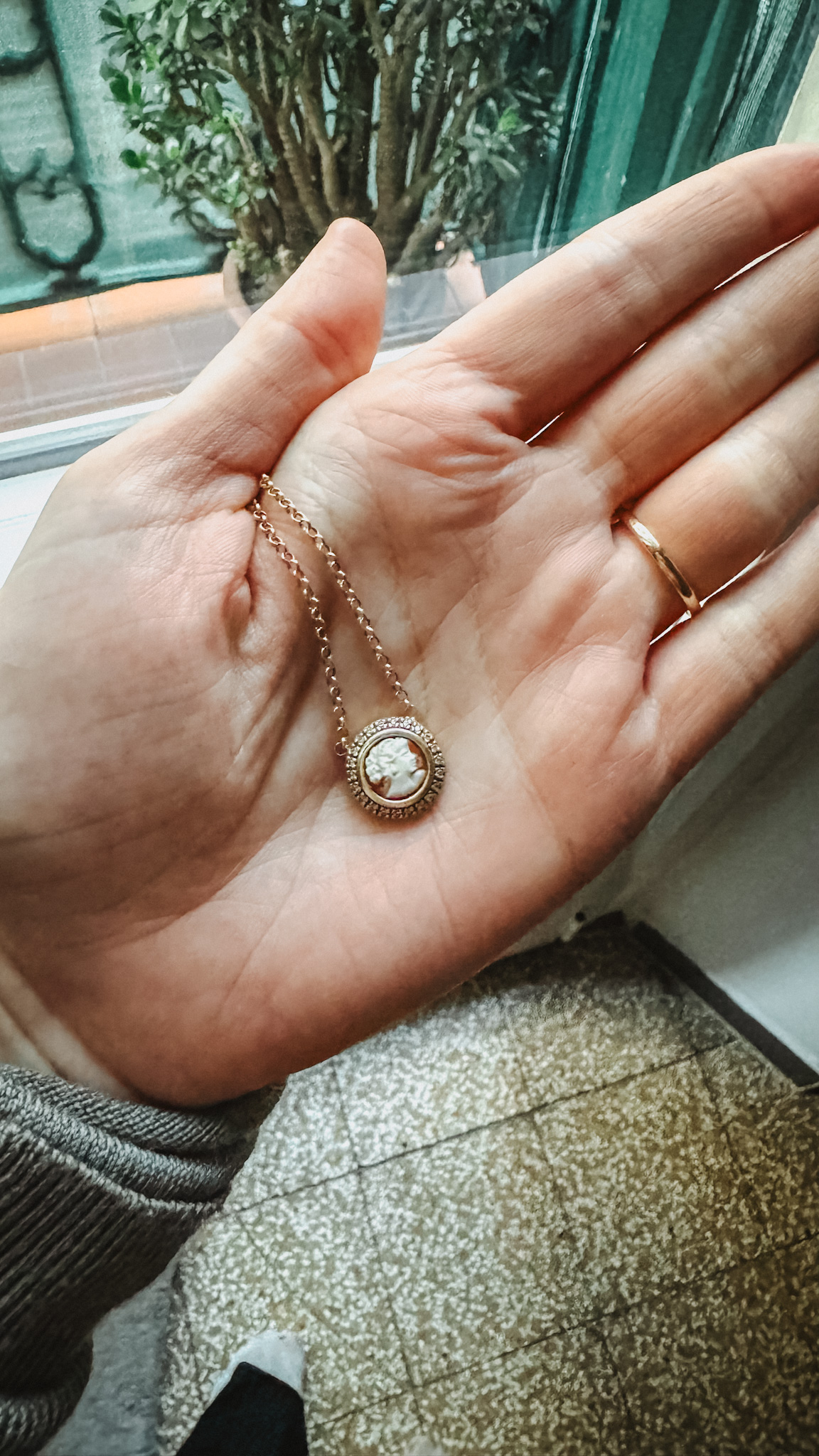
Located down south in between Naples and the Amalfi Coast, Palazzo del Corallo creates beautiful, handcrafted pieces of jewelry that are carved entirely out of seashell. No joke – the ring you see in the picture above was carved by hand from a shell. The method of creating pieces of jewelry out of shell is very typical from this area, but the thing I love about Palazzo del Corallo is that they are a family-owned and run business that takes immense pride in their work – the last time I visited the showroom and workspace, sitting and carving a beautiful necklace-to-be was none other than the Nonno of the family.
Seriously, Every time I wear their pieces, I receive so many compliments. It’s sure to be a knockout.
4. Sara Amrhein Jewelry:
Handcrafted Clay Statement Pieces from Tuscany

Speaking of unique jewelry pieces, Sara Amrhein may give everyone a run for their money. Based out of Florence, Sara makes stunning and detailed statement jewelry pieces out of clay by hand. Inspired by the lavish eras of the Renaissance and Baroque periods when Florence was the epitome of grandeur and splendor, each piece is meticulously handcrafted and emulating royal vibes in every detail – a true labor of love and a testament to her passion for quality and craftsmanship.
Her pieces are perfect for your friend that loves to command a room and express their personality through what they’re wearing, but if that’s not so much your style, she also has a variety of more subtle, but still stunning pieces as well.
5. L’Ippogrifo Stampe d’Arte:
Handpressed Art Pieces
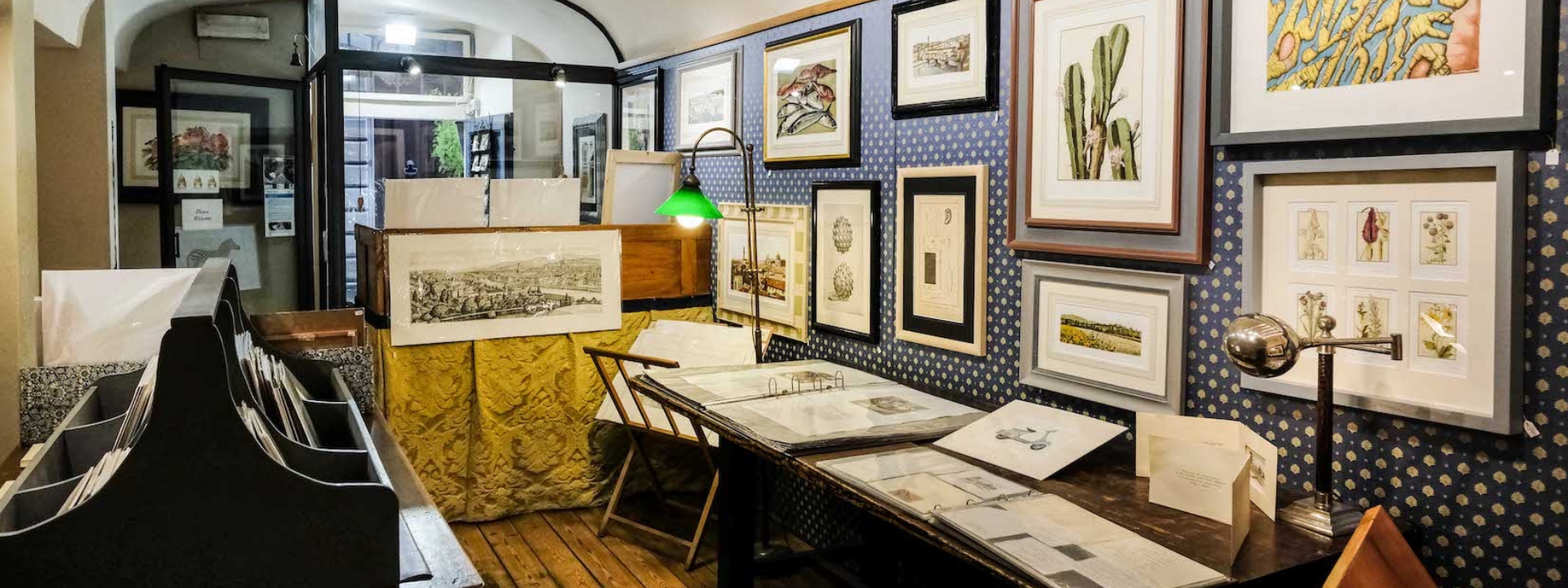
If you’re an art fanatic, look no further than L’Ippogrifo Stampe d’Arte. For over 40 years, L’Ippogrifo has created magnificent art etchings using time-honored traditional techniques. Master artisan Giani Raffaelli, along with his wife and son, hand-engraves original illustrations on copper plates, and then prints limited editions of the images on high quality paper. These prints are then hand-painted, signed, and numbered, keeping alive the tradition of old Florentine workshops. Images from their site can either be purchased unframed or as a complete framed product with attractive handmade frames. This isn’t your local Homegoods, kids.
6. Kacie Rose x TRTL Travel Pillow

Admittedly this isn’t an Italian product, however my collaboration TRTL Travel Pillow is the perfect gift for your friend (or you) that travels a ton!
Inspired by lemon gelato, pink sunsets, warm Mediterranean sun and endless laughter, designed to get you excited for your vacation – starting by helping you sleep on the plane so that you can wake up ready to make some memories. It’s supportive, lightweight, AND we made it with machine-washable, cooling thermoregulating viscose fabric so that you stay nice and cool. I travel long-haul flights a lot and am not a plane sleeper at ALL, but TRTL changed the game for me.
Available in the U.S., UK, and Europe for a limited time through the Holidays!
7. Scuola del Cuoio:
For the Men
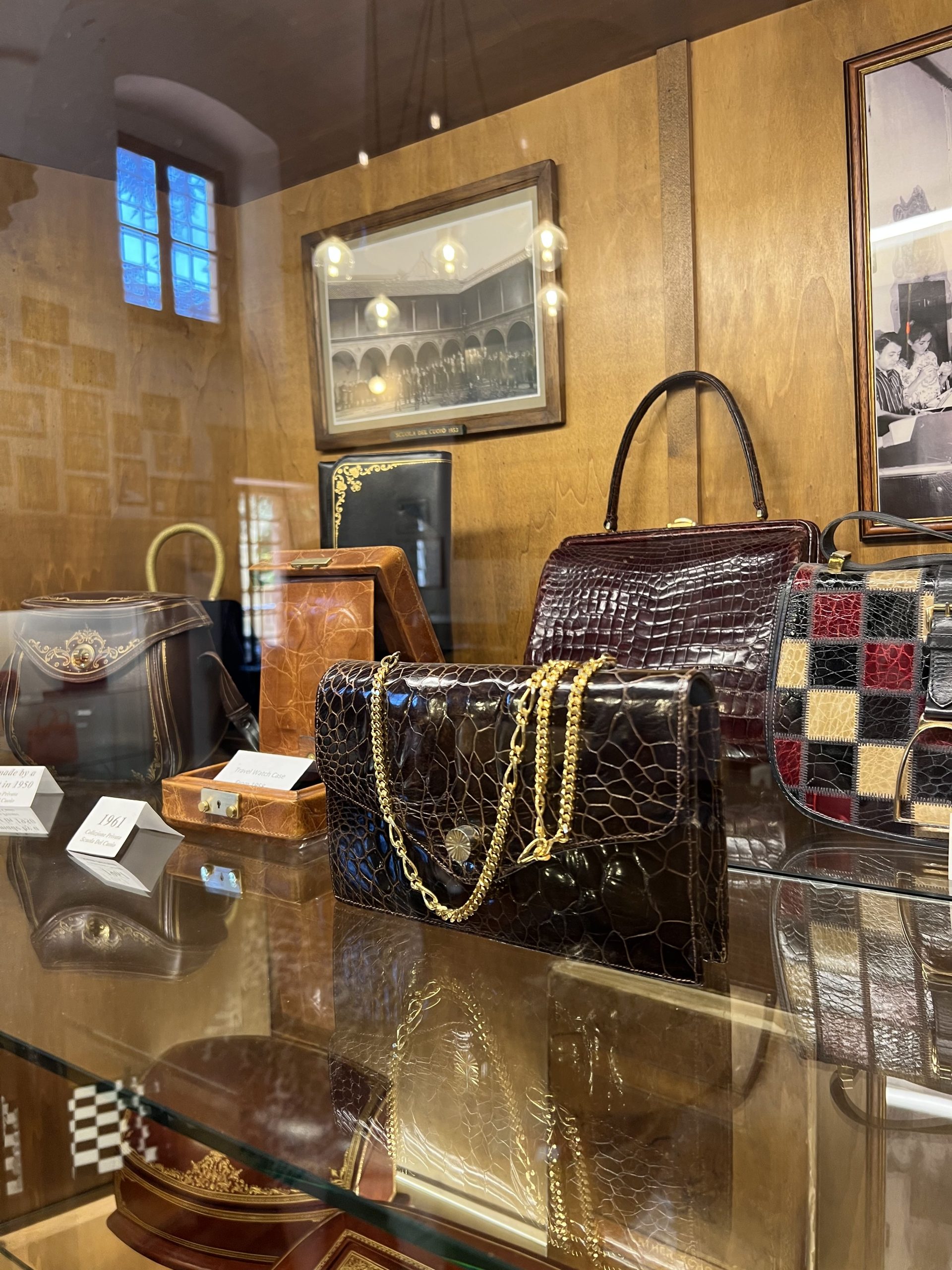
Scuola del Cuoio is one of my favorite places in Florence to get handcrafted leather goods, however I’ve included it on this list specifically for the men in your life that are hard to shop for.
Scuola del Cuoio creates a plethora of beautiful leather goods using traditional Florentine techniques, including a variety of wallets and belts. Now you may be thinking, “Kacie, I can get him a wallet anywhere. How boring” – wrong. Beyond this wallet being genuine leather handcrafted in Italy, they also offer the option of personalizing your item by “stamping” their initials or a symbol of choice into the item using a technique of fire and metallic bits. If you ever get the chance to visit the school in person, they’ll do it right in front of you. In the meantime though, you can tell your giftee all about it when they gleefully open their new special wallet or belt engraved with their own initials.
8. Acetaia Gambigliani Zoccoli:
Traditional Balsamic Vinegar di Modena
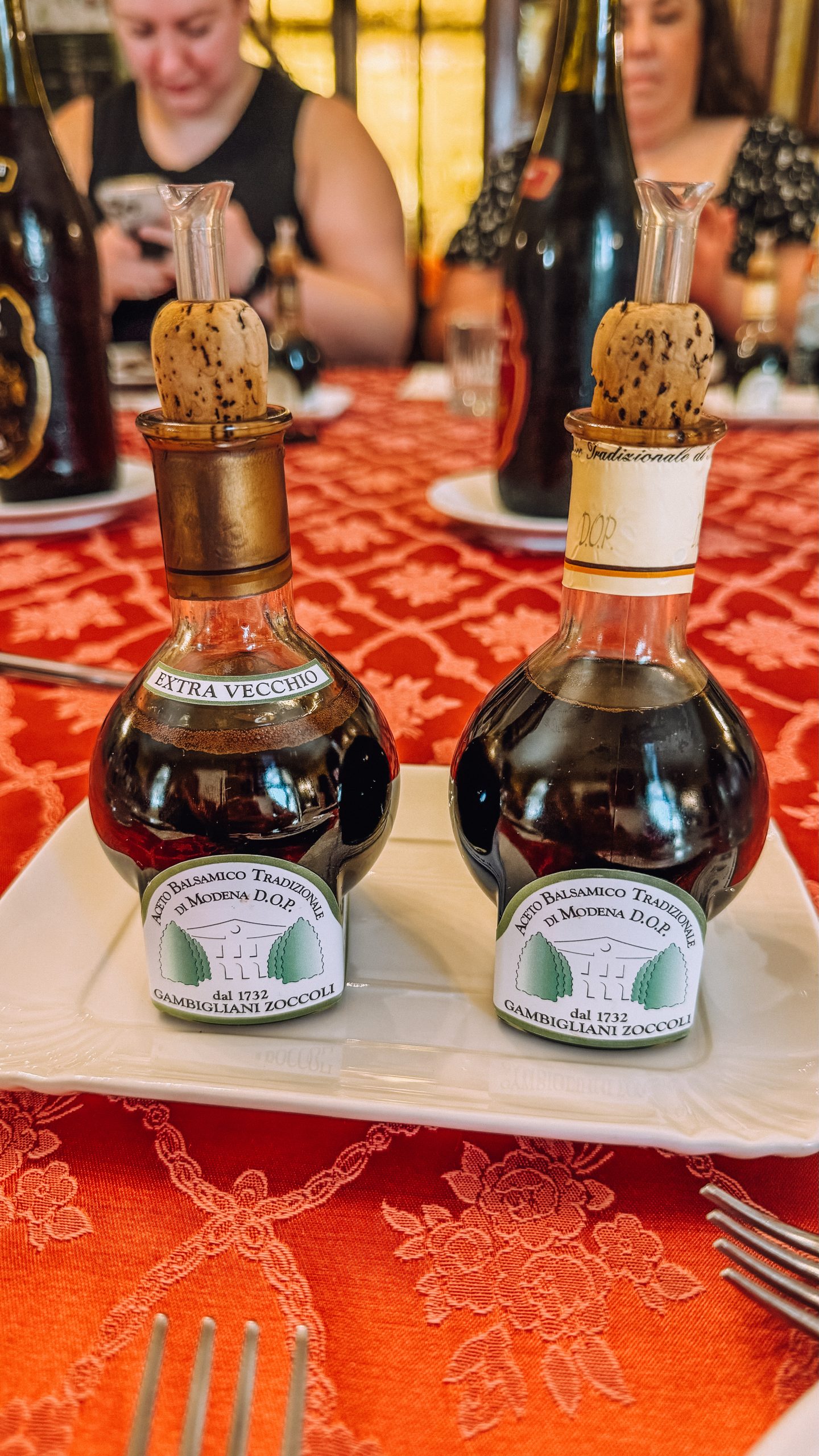
It may be surprising, but one of my favorite products to recommend as a gift is Traditional Balsamic Vinegar di Modena. I’m often met with confused looks (which you may be doing right now), so let me explain.
What a lot of people may not know is that to legally be called Traditional Balsamic Vinegar di Modena D.O.P., it must be produced in a very specific area within the region of Emilia-Romagna in Italy, and undergoes a minimum 12+ year production process before being blind-tested by a panel of professionals. If approved, only then is it allowed to be bottled (in a specifically shaped bottle) and sold as Traditional Balsamic Vinegar di Modena D.O.P. The result is a thick, syrup-like consistency with a slightly acidic, almost sweet taste, and is put on top of everything and anything in Italy, from risottos, vegetables and eggs to cakes, ice creams, and desserts. No food is off limits, shall we say.
Acetaia Gambigliani Zoccoli is a completely family-run and operated business located just outside of the city of Modena that operates their business completely out of their family home and property (no joke – the olive trees are grown on their land and the balsamic vinegar barrels are located in their attic). If you’re ever lucky enough to visit, you’ll be eating amongst family photos and memories while the children of the family skate around the table. They offer two different balsamic vinegars: 12+ years old and 25+ years old, both of which vary in taste, consistency, and what food they pair best with, but at the end of the day it comes down to personal preference. If you’re having trouble deciding, don’t fret – they also sell a box with both. This liquid gold is sure to please even the toughest of critics.
9. La Limonaia Sorrento:
Typical Products from the Area
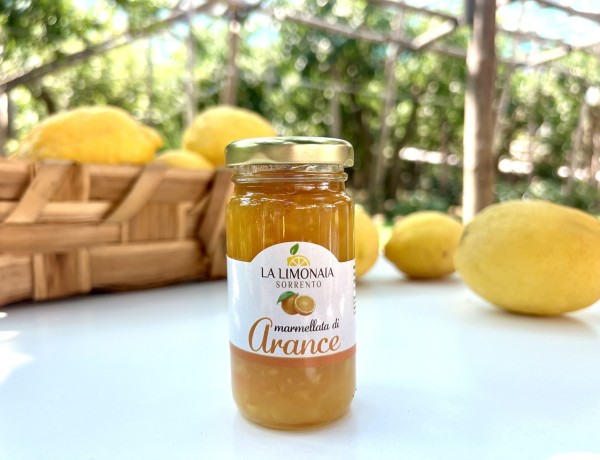
La Limonaia Sorrento is one of my favorite restaurants in the city of Sorrento located on the Sorrento Peninsula next to the Amalfi Coast. The entire property is a massive lemon grove and garden, offering a peaceful and tranquil dining experience within what can sometimes be a hectic and busy environment. Since they grow much of the produce they use in the restaurant from their own garden, they also make their own products from it too, such as jams, honeys, and limoncello! They even sell ceramic cups and mugs that are decorated with the iconic Amalfi Coast lemons so that you can feel as though you are living La Dolce Vita right in your own home.
10: You Deserve Good Gelato:
Reasons to travel the world, embrace failure, and do the sh*t that scares you
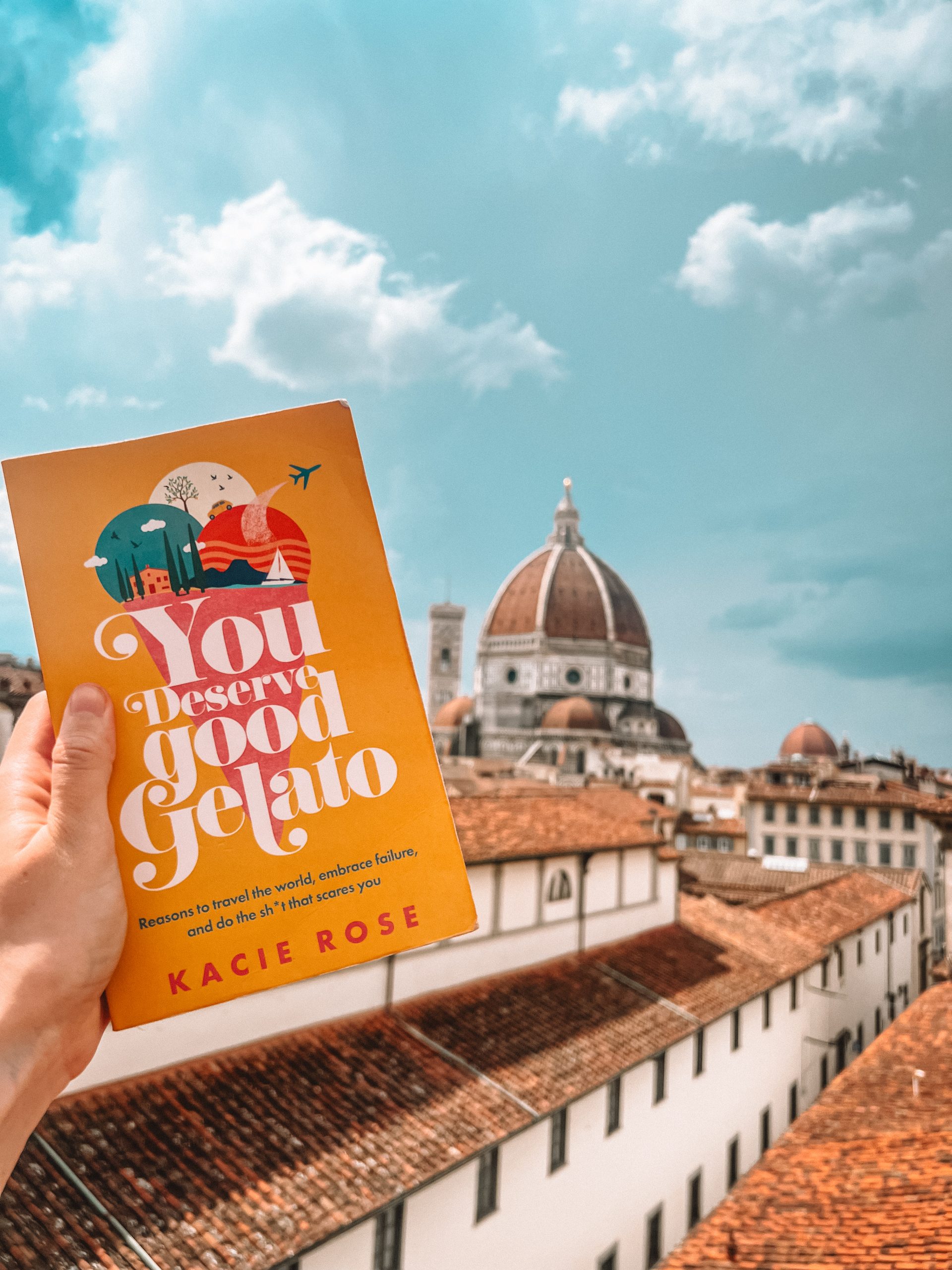
Ok ok ok – while it may not be an Italian product, I can’t let a list of Italian products go by without including my book, You Deserve Good Gelato. This book is my stories of lessons learned while traveling and living abroad, many of which are my experiences adapting to a new life and culture in Italy.
I wrote this book for anyone who has ever been scared to take the leap. It’s a travel book that will encourage you to see the world and embrace new cultures, but it’s also a book about empowerment, and reminding you that you are so much more capable than you think you are.
Available everywhere books are sold (including the audio book, read by me!). More info here.
Happy Holidays from me to you! <3
Related Articles
-

10 Things I Wish I’d Known About Coffee Culture in Italy Before I Came to Italy
-

Your Full Guide to Trains in Italy



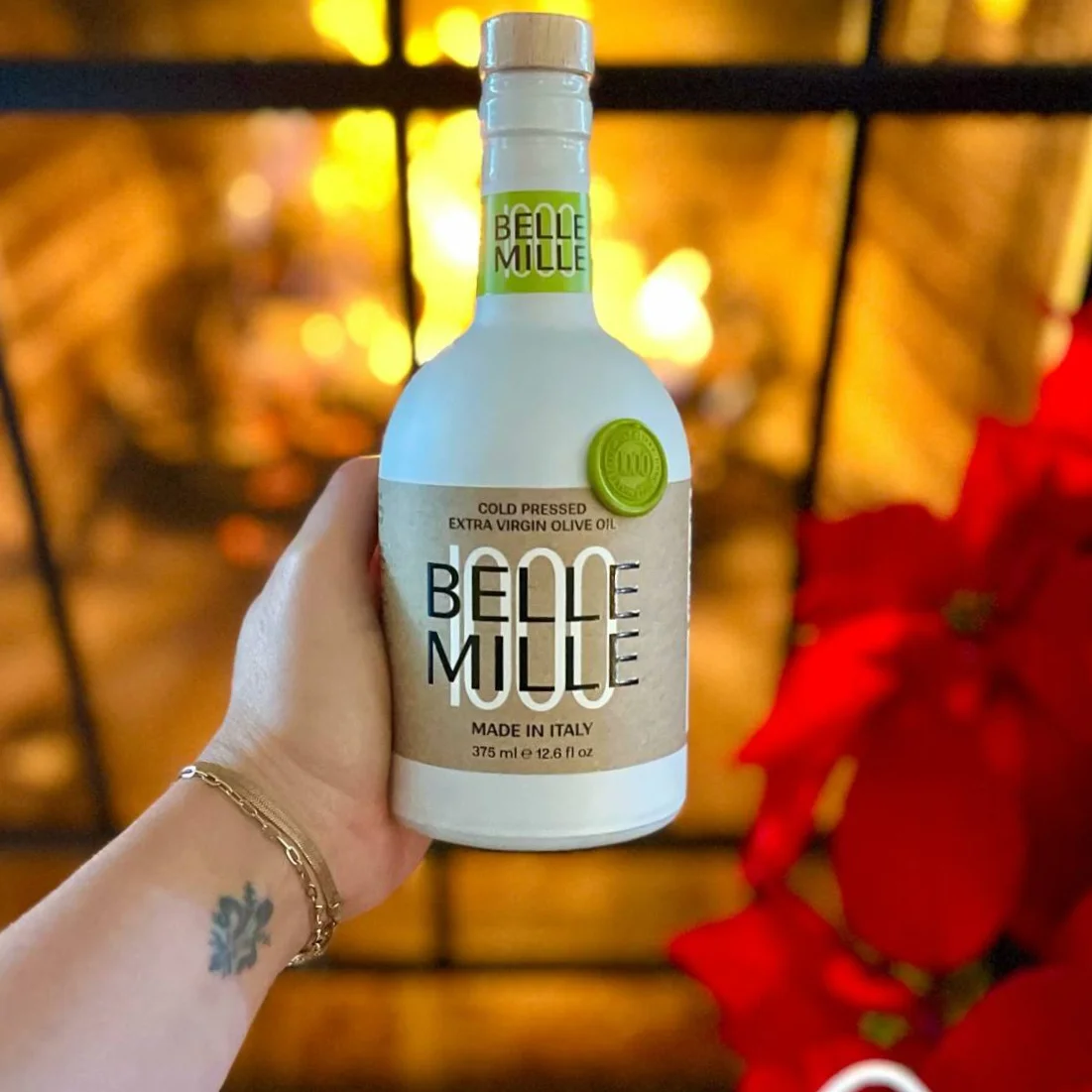
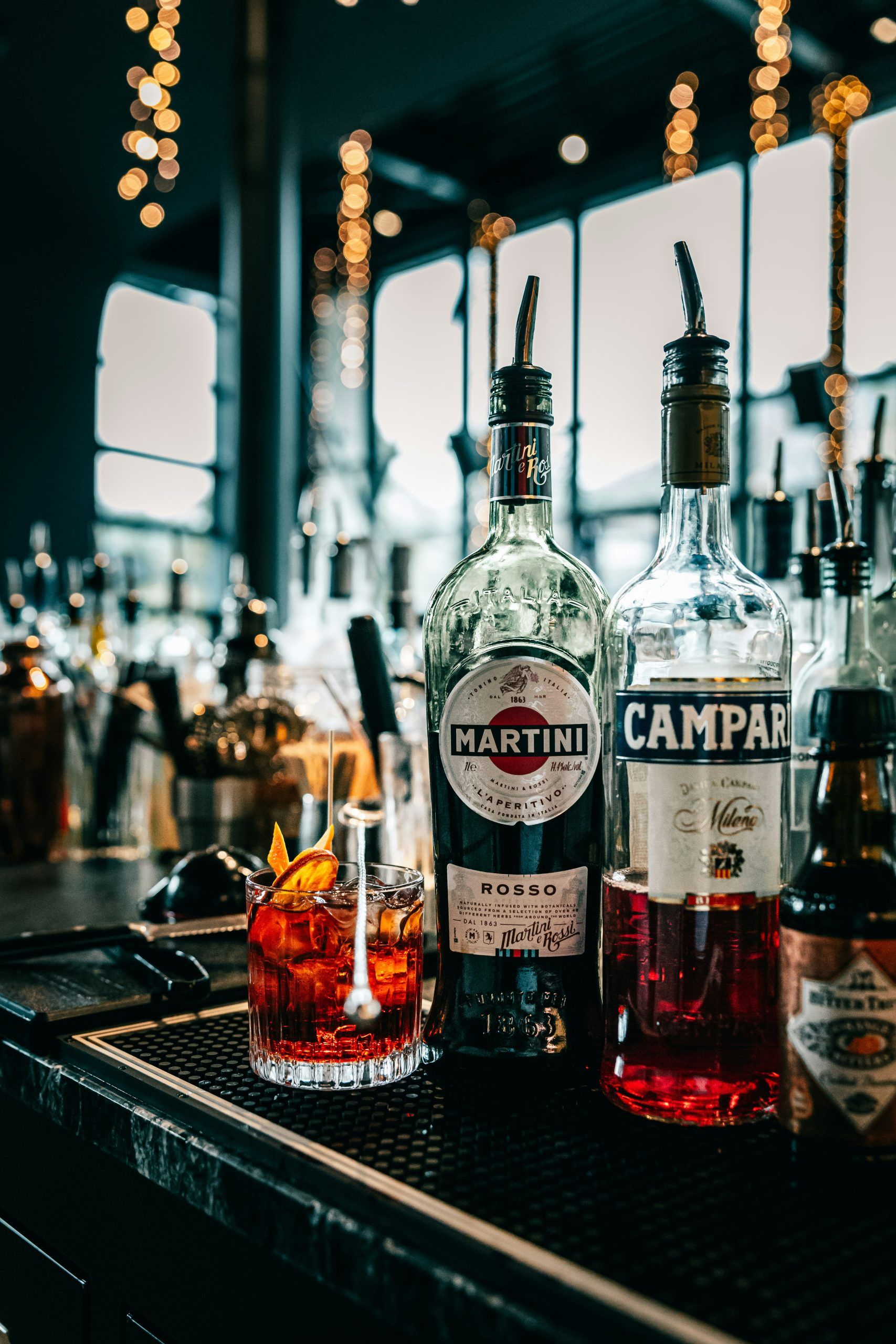
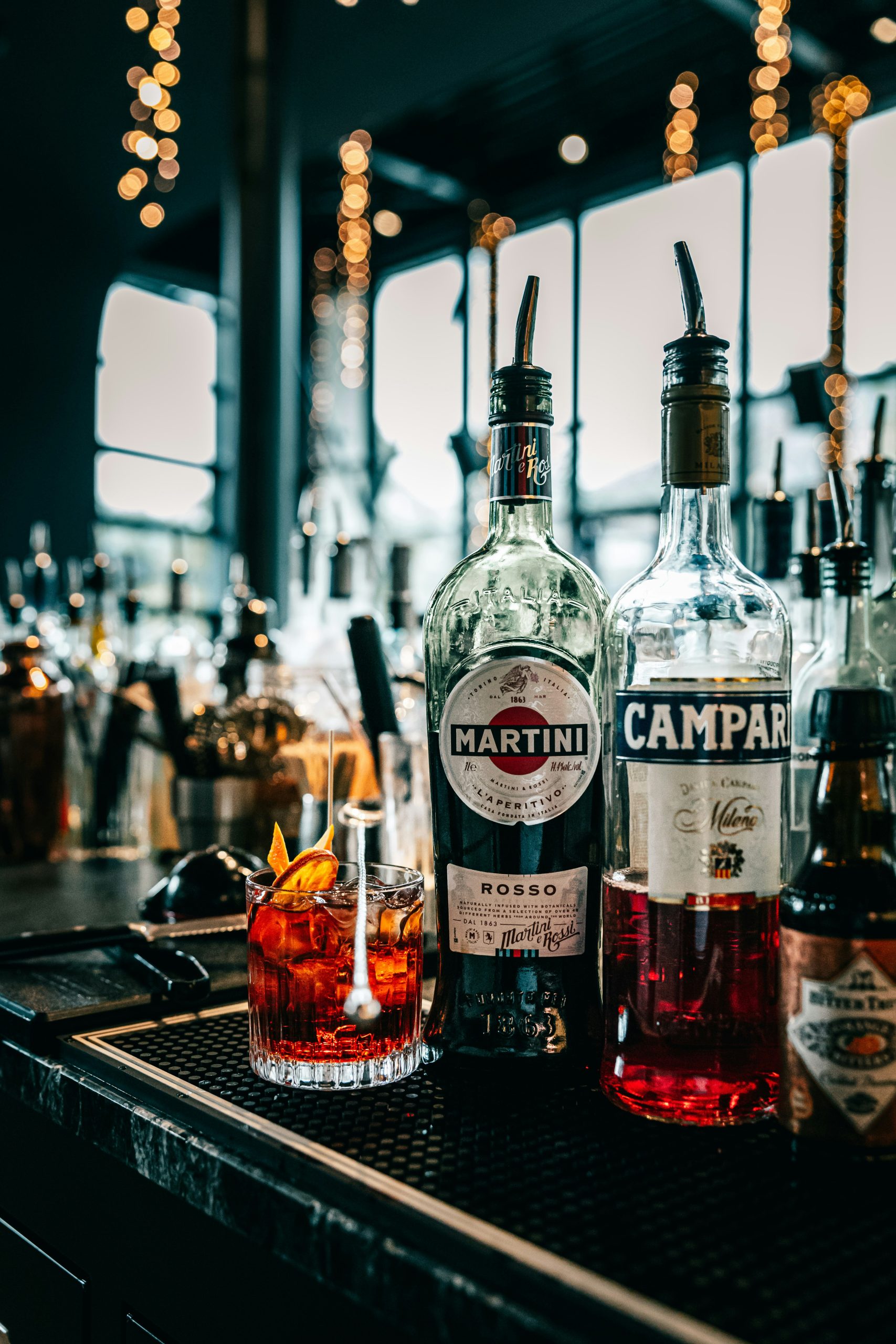

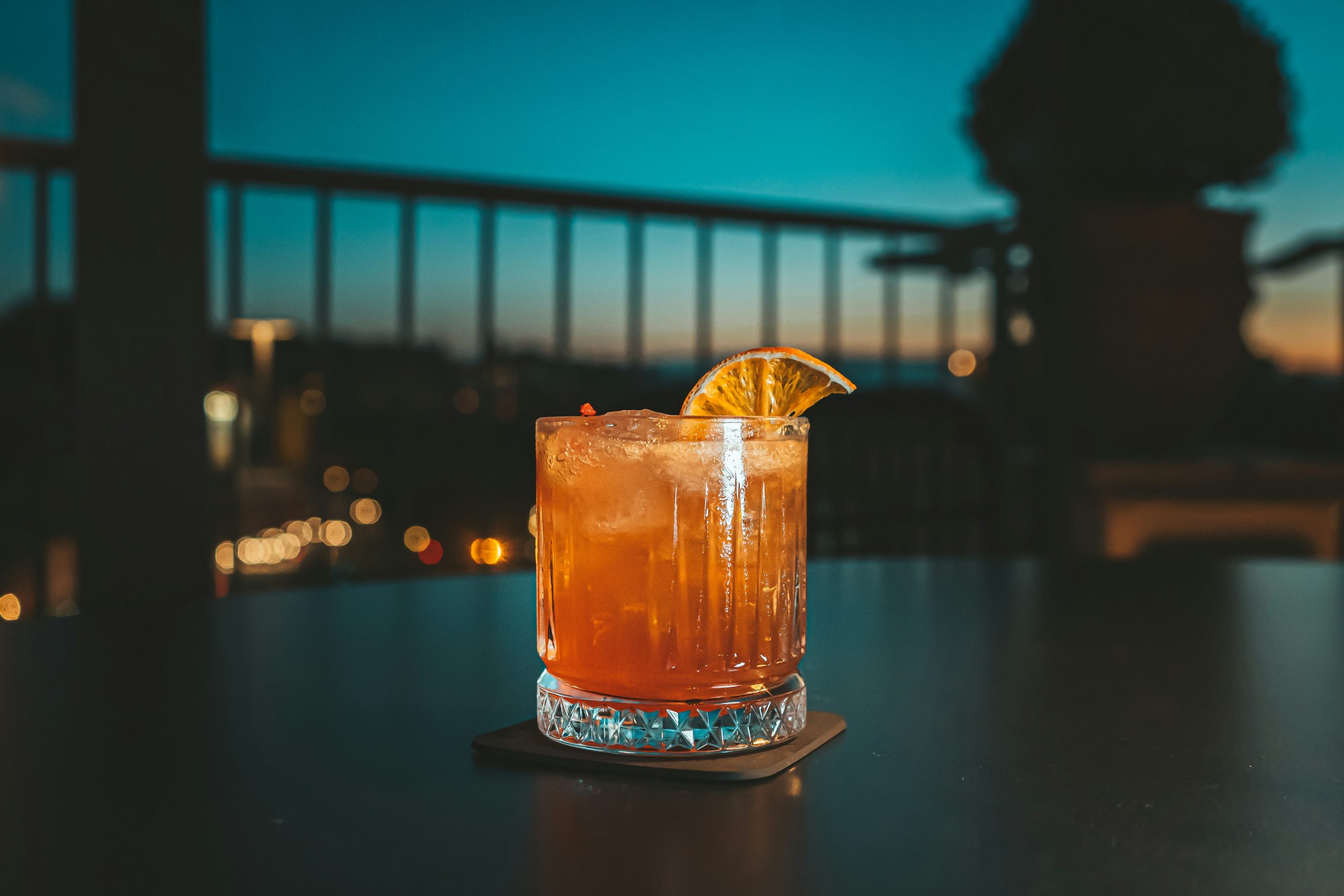
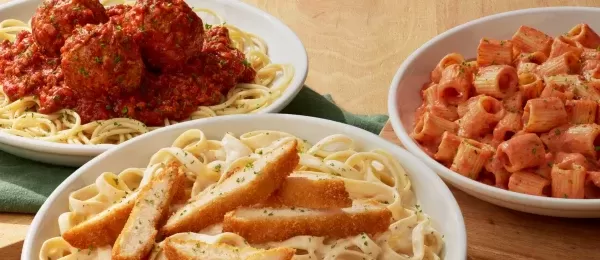
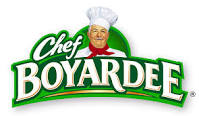

















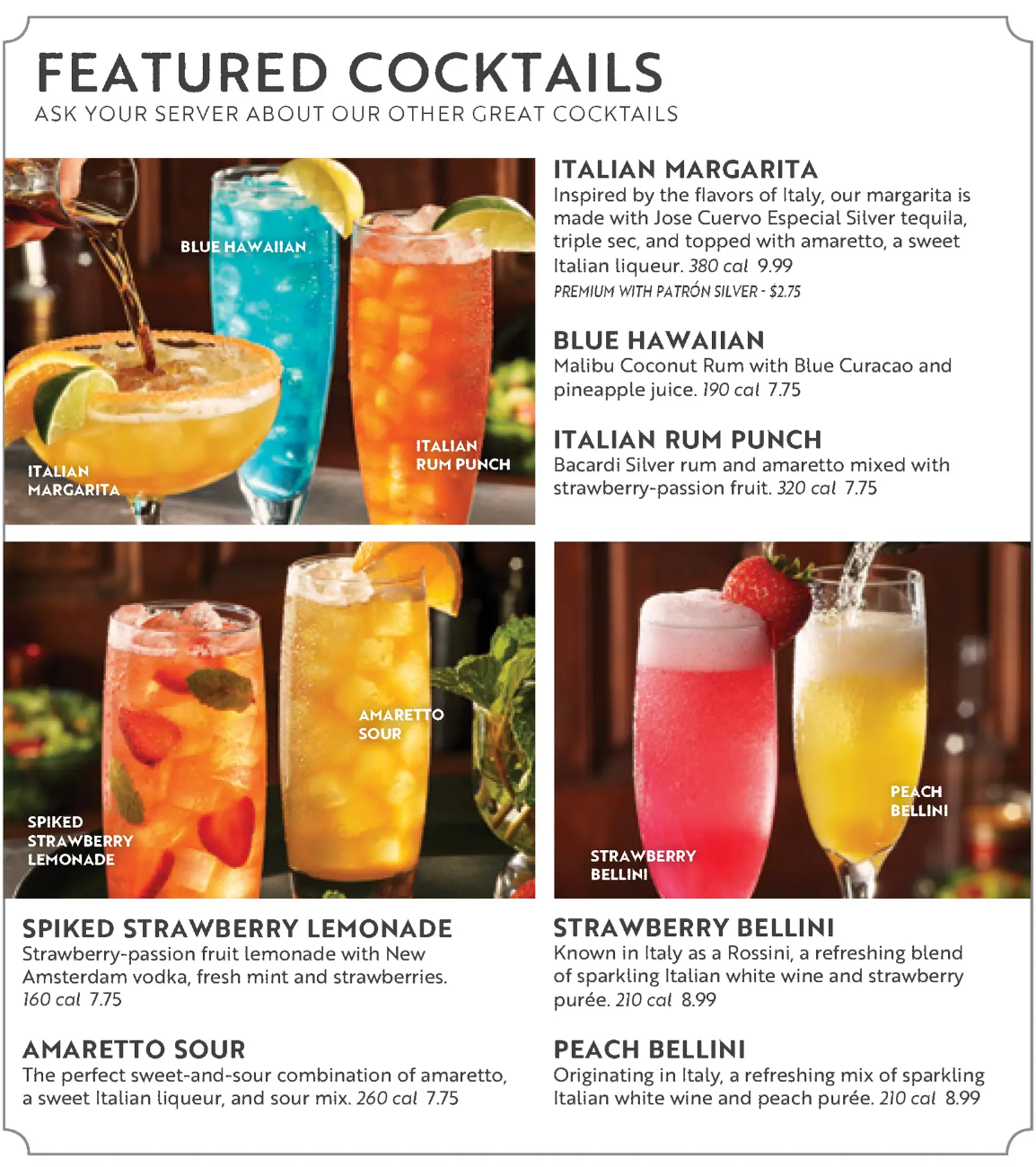





















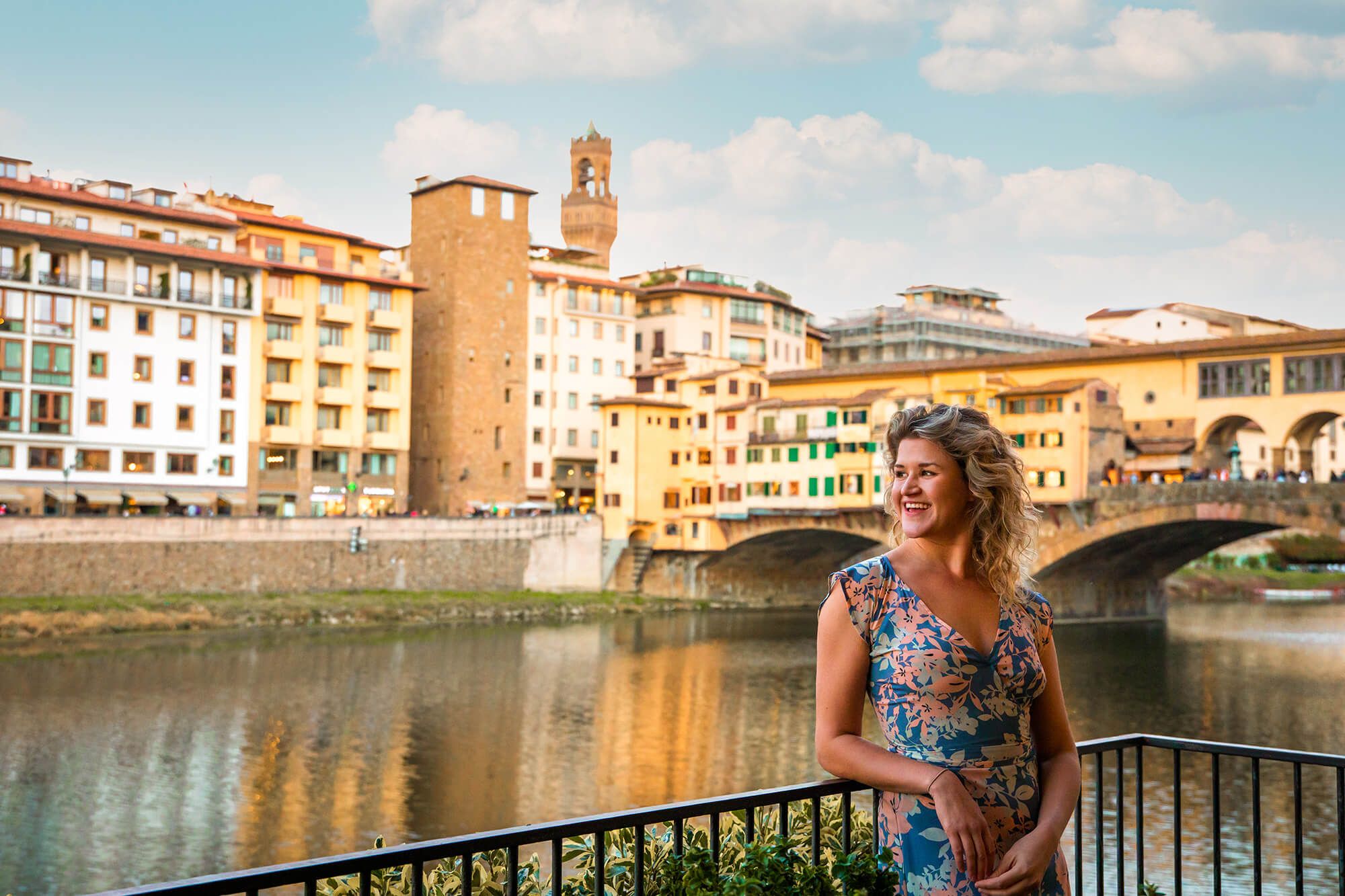






 Gerhard Wolf (1886–1962) German consul, born at Dresden—subsequently twinned with the city of Florence— played a decisive role in the salvation of the Ponte Vecchio (1944) from the barbarism of the Second World War and was instrumental in rescuing political prisoners and Jews from persecution at the height of the Nazi occupation. The commune places this plaque on 11 April 2007 in memory of the granting of honorary citizenship.”
Gerhard Wolf (1886–1962) German consul, born at Dresden—subsequently twinned with the city of Florence— played a decisive role in the salvation of the Ponte Vecchio (1944) from the barbarism of the Second World War and was instrumental in rescuing political prisoners and Jews from persecution at the height of the Nazi occupation. The commune places this plaque on 11 April 2007 in memory of the granting of honorary citizenship.” 

